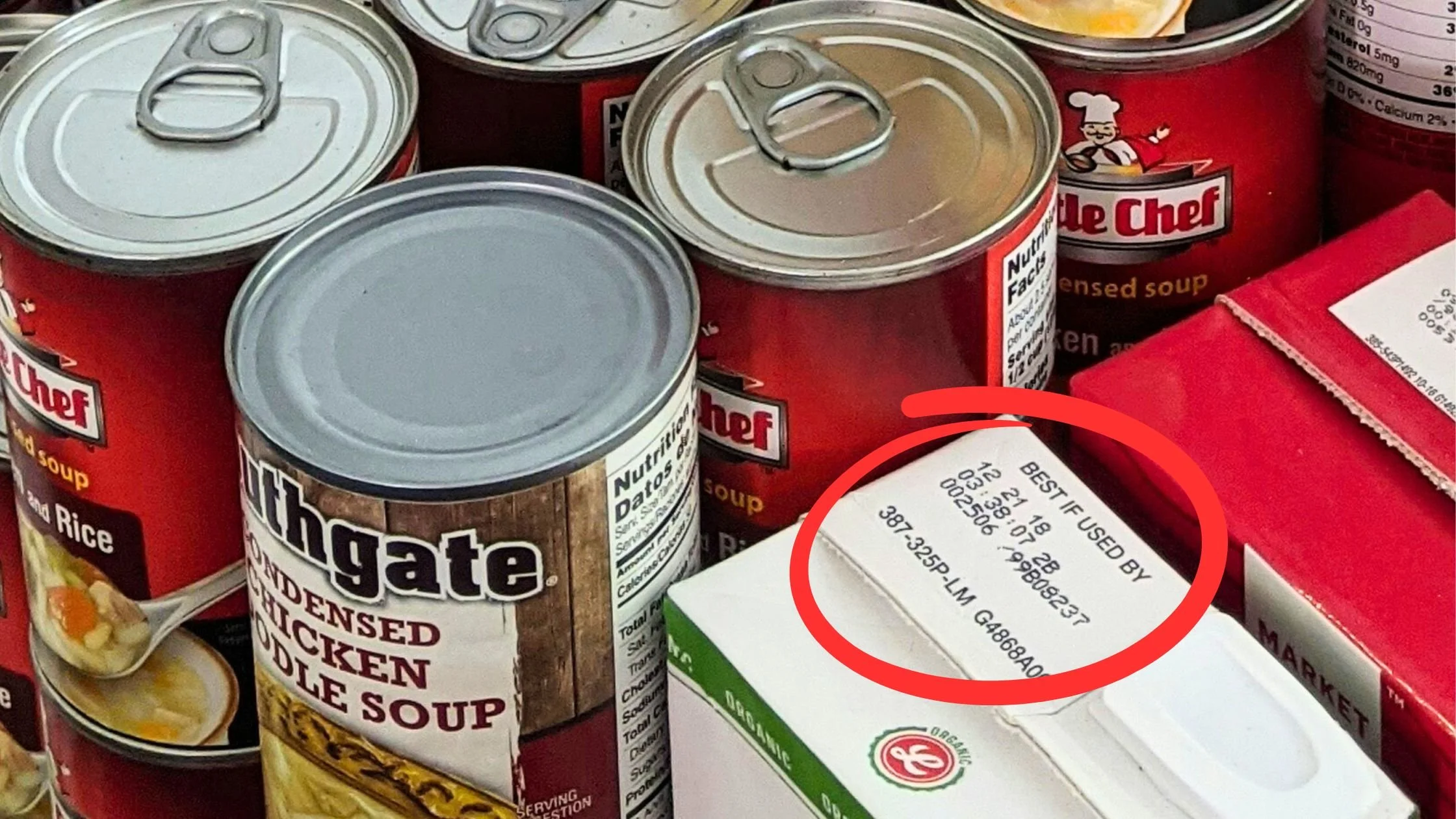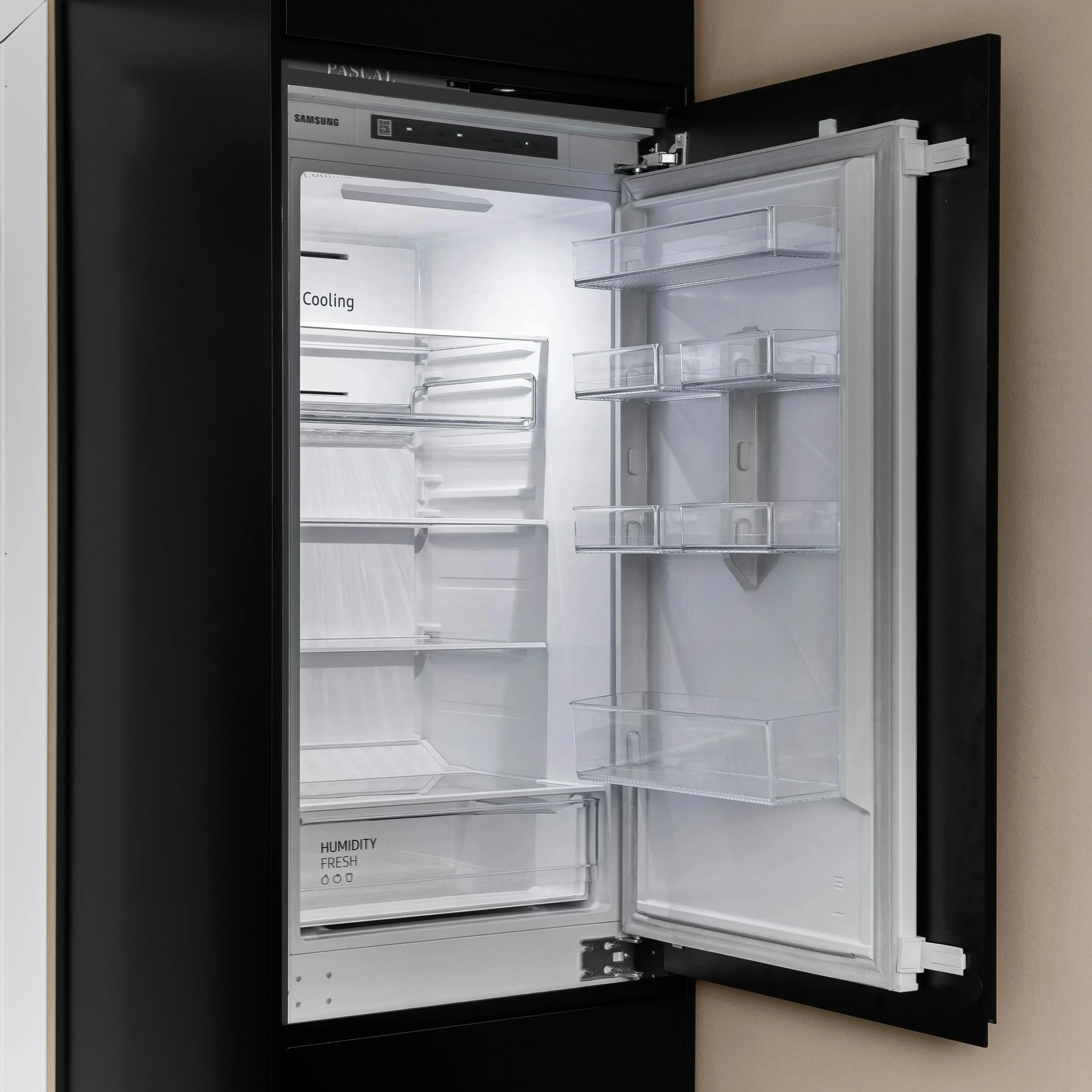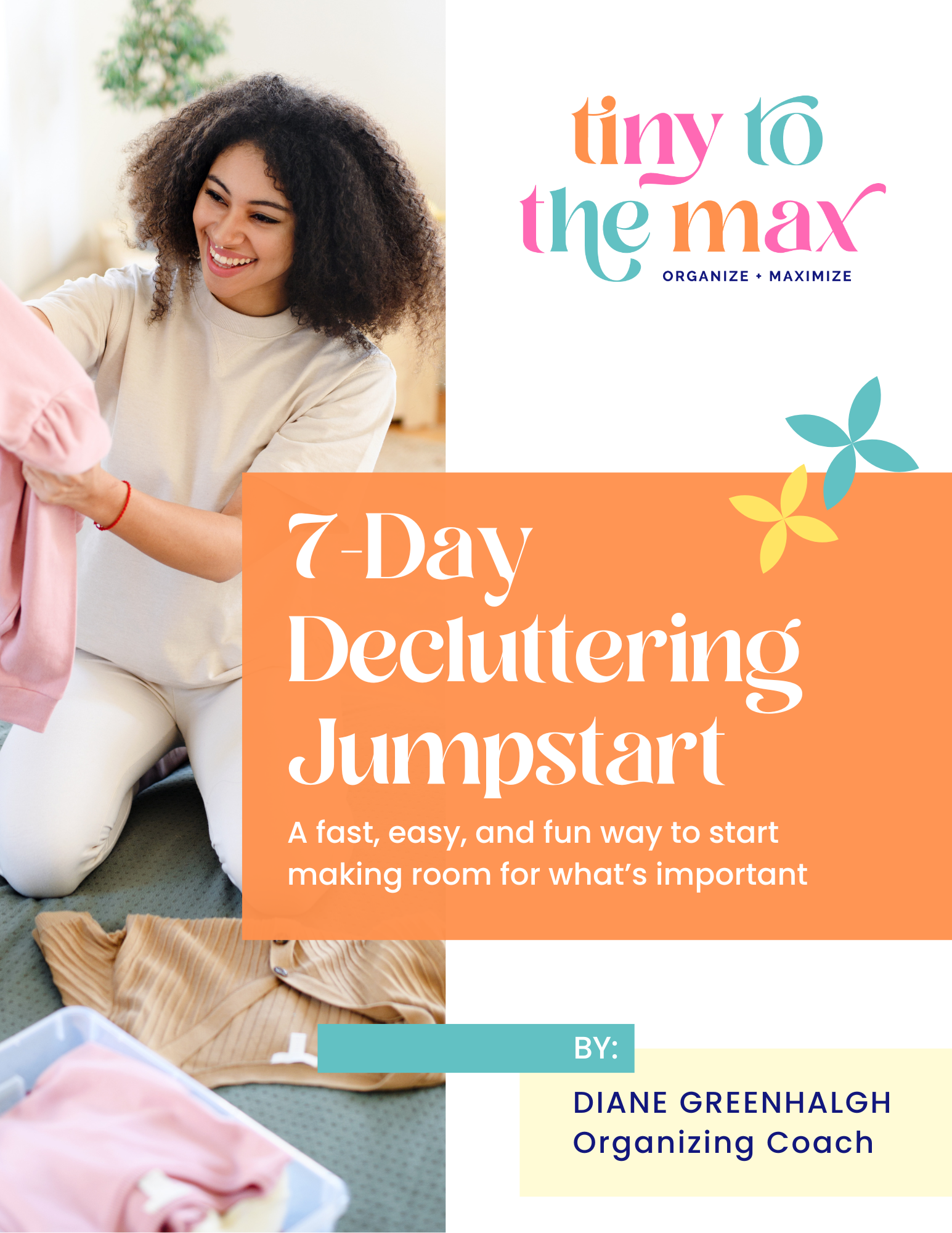Quick Transformation: Start Decluttering with Expired Items
You get an instant bang for your buck when decluttering expired items because decisions are quick and easy. Get a list of where to look, where to responsibly dispose of them, and how to prevent more from expiring.
In this article
Why You Should Start Decluttering with Expired Items
Just the beginning of my purge…
One of the biggest hurdles to decluttering is getting started. The second is difficulty deciding what stays and what goes. So as a professional organizer, I recommend starting with something easy to help build momentum and get practice making decisions.
The easiest item to declutter is expired items, so it’s a great place to start. It also gives you big results because it impacts areas of your home you use on a regular basis, such as your fridge, pantry, and makeup vanity.
You’ll be surprised how much is expired. I recently decluttered expired items in my home, and even though I am pretty good with checking what I have before I shop, I still had a kitchen trash bag full of items from throughout my home to toss. It was mainly things I don’t use anymore or things I rarely use like cold medicine.
It took a quick hour to go through everything, and in the end, I had so much more space in my cabinets.
11 Types of Things Where You'll Find Expired Items
Look for expired items wherever you store the following items, such as your kitchen and pantry, makeup vanity, medicine cabinet, backup stock closet, junk drawer, and warranties folder.
Food
Drinks
Spices
Condiments, including takeout packets
Pet food and treats
Makeup and nail polish
Skin care products, including lotion and sunscreen
Prescriptions
Over-the-counter medicine and supplements
Coupons + sales ads
Warranties
Pro Tips for Decluttering Expired Items
Expiration dates can be super small.
Don’t forget your reading glasses or a magnifying glass if you need them. Many expiration dates are super tiny.
If there’s no date listed:
For food, remove anything that’s rotting, bruised, moldy, stale, freezer burned, deformed, or a mystery. If you can’t tell by visual inspection, try smelling.
For spices, toss them if the flavor or smell is gone.
For makeup and skin care products, declutter things that are dried up or goopy.
If you can’t remember when you bought it, toss it.
While you’re at it, get rid of things that are no longer of use to you even if they haven’t expired, such as warranties for things you no longer own, medicines for health issues that have resolved, and food for dishes you no longer make.
Keep track of items you’ll need to replace, but if they’ve expired, do you really need to replace it?
If you don’t have time to get through everything, schedule time in your calendar to finish. A 15-minute purge at a time is just as effective.
3 Ideas for Making the Decluttering Fun
Race against the clock. Set a timer and see how much you can collect.
If you live with others, have a household/family competition for who can collect the most expired items in a certain amount of time, and the winner gets a prize. Exclude certain categories like medicine if younger kids are participating.
Put on your favorite playlist and rock out to your favorite tunes.
4 Ways to Responsibly Dispose of Expired Items
Donate unopened items that are no longer of use to you but can be of use to someone else (haven’t expired yet): food pantries for food, homeless and domestic violence shelters for personal care products, and animal shelters or your vet for pet food.
Try composting open food that’s not animal products. If you don’t have your own setup, investigate local drop-offs.
For medicines, do not dispose of them in the regular trash. They seep into the environment, including water sources. Pharmacies like CVS and Walgreens often have drop-off bins at select locations (search “drug disposal” on Google) and some police precincts have drop-off boxes or regular events.
Recycle clean paper and cardboard.
Use the FIFO Method So Things Don't Expire or Go Bad
What is the First In, First Out (FIFO) Organizing Method?
Supermarkets use the First In, First Out (FIFO) Method to reduce waste.
The FIFO Method of organizing is when you put things in order of when they’ll expire or go bad. Supermarkets use this system for stocking their shelves. They put the newer things in back so things don’t expire before they can sell them.
This system is also useful for a home, especially if you’re in the practice of buying in bulk at stores like Costco, Sam’s Club, or BJ’s or stocking up during sales. You can apply the practice to anything with a shelf life, like the items listed above.
Additionally, you can use it to make sure you use everything you own. For example, when putting away my laundry, I place my clean clothes and linens in the back or on the bottom, so I cycle through. In my closet, I put things in on the right and take from the left.
What are the Benefits of Using the FIFO Method?
Allows you to plan effectively when you know what you and your family are using.
Reduces waste by using older things first and making it obvious what you’re not using so you can donate them before they go bad and not purchase them again.
Saves you money when you aren’t wasting anything or buying things you already have or never use.
Saves you time because you can see what you have more easily once it’s organized and labeled.
Creates space by preventing you from buying things you already have and allowing you to see what should be removed because you no longer use it.
Produces even wear and tear on your clothing and linens by cycling through everything, so you’re using things evenly.
11 Steps for Implementing the FIFO Organizing Method
PRO TIP: Clean shelves before putting things back.
For each area you implement the FIFO Method, declutter first.
Sort by category, then sort those categories into items of the same thing.
Put things in order. For things that have a shelf life, order them in chronological order by expiration date or by when you purchased them if you can’t find the expiration date.
Containerize to make it easy to keep like with like. Bins and shelf dividers will keep things separated (see some options below).
Find a home for everything and place similar categories near each other. Don’t forget to clean the shelves before you put things back.
Label everything so you remember where everything is and others can put things where they belong.
Create a plan for using things that will expire soon.
When meal planning, check to see what you have already before buying something new and check if anything is expiring soon.
Before shopping, look to see what you have already and how much you’ve used, so you can plan how much to buy.
When you bring things home, label things with a purchase date if you can’t find an expiration date.
Place new items you purchase in the back and check dates on things in front.
Useful Organizing Products for the FIFO Method
Note: As an Amazon Associate, I earn from qualifying purchases you make through my links at no extra cost to you. While I earn money, I provide these links because it’s time consuming to look for products. Here I’ve done the work for you.
6 More Easy Areas to Declutter in Your Home
Mismatched containers
Obsolete technology
Clothing
Shoes and accessories
Bedding
Activities and toys
Get my free 7-Day Decluttering Jumpstart (includes expired items) for all the deets, including a list of what to declutter in each category, my pro tips, ways to responsibly dispose of things, and how to make the process more fun.
Let me know how I can help. Decluttering is one of my superpowers.
Diane













